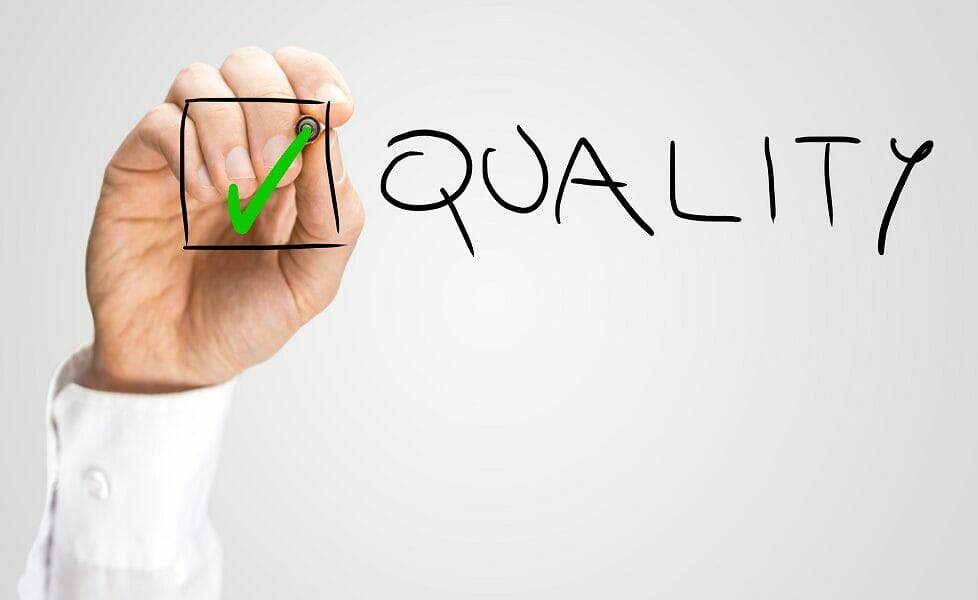EFQM – A Multi Dimensional Approach To Quality

LINKS TO CONTENT
ToggleThe European Foundation for Quality Management (EFQM) founded in 1989, is a non-profit organization based in Brussels, Belgium. The purpose of the foundation is to promote quality management in European businesses and public sector organizations. One of the key tools developed by the EFQM is the EFQM Excellence Model. This provides a framework for organizations to assess their performance and identify areas for improvement.
The EFQM Excellence Model is a holistic approach to quality management. It covers all aspects of an organization’s operations, from its leadership and strategy to its processes and results. Balancing the needs and expectations of a range of stakeholders is the key principle of EFQM. These stakeholders include customers, employees, suppliers, and society at large.
The model is made up of nine criteria. These are grouped into five categories: leadership, strategy, people, partnerships and resources, and processes, products, and services. Let’s take a closer look at each of these categories and the criteria that fall under them.
Leadership: The leadership category covers the organization’s leadership and governance. It includes its vision, values, and culture. The criteria in this category are:
Strategy: The strategy category covers how the organization develops and implements its strategy. It assesses how it monitors and adapts to changes in its environment. The criteria in this category are:
People: The people category covers how the organization manages its human resources. How it creates a culture of learning and continuous improvement. The criteria in this category are:
Partnerships and Resources: The partnerships and resources category covers how the organization manages its partnerships and resources. This includes its suppliers, partners, and other stakeholders. The criteria in this category are:
Processes, Products, and Services: The processes, products, and services category covers how the organization designs, manages, and improves its processes, products, and services. The criteria in this category are:
The EFQM Excellence Model is a helpful tool for organizations to evaluate their performance and pinpoint areas for improvement. By using a structured approach to quality management, organizations can identify their strengths and weaknesses and make a plan for getting better.
One of the main benefits of the EFQM Excellence Model is that it promotes a comprehensive approach to quality management. Organizations can look at all aspects of their operations to make sure they’re delivering value to everyone who’s involved, not just one group of people.
Furthermore, the EFQM Excellence Model provides a shared language for quality management discussions. Organizations across the globe recognize and use this model, which makes it easier for organizations to communicate with each other, particularly those that work across borders or have international customers.
The EFQM Excellence Model can be used by businesses, public sector organizations, and non-profits of any size. It’s also adaptable to specific sectors by adding or adjusting criteria to reflect unique challenges and opportunities.
In addition to self-assessment, the EFQM Excellence Model can be used to compare an organization’s performance with others. The EFQM provides a range of resources, including a database of case studies and a network of organizations that use the model, to support benchmarking and sharing best practices.
The EFQM Excellence Model is really helpful, but there are some tough parts to think about. One big challenge is that it can take a lot of time and resources to use it. This can be tricky for smaller organizations or those with limited resources.
Also, the model is really complicated, which can make it hard for organizations to understand and use. The EFQM has training and support materials to help, but it still takes a lot of effort, especially for those who are new to quality management.
But even with these challenges, lots of organizations still use the EFQM Excellence Model for quality management. Its focus on making everyone happy and doing a good job make it a valuable tool for organizations that want to do well in today’s fast-changing business world.
The EFQM Excellence Model is a useful tool for organizations to manage quality. It helps to evaluate how an organization is doing and find ways to improve. By looking at all aspects of an organization’s work, the model helps to make sure everyone is happy, including customers, workers, suppliers, and society. Although it might be tricky to use, the EFQM gives lots of help and training to make it easier. In general, the EFQM Excellence Model is great for any organization that wants to be really good at managing quality.
I help leaders develop self- mastery, helping them to become confident in their own inner guidance.
I collaborate with leadership experts, managers and HR professionals to help them get their own message and unique services and products to a wide audience.
